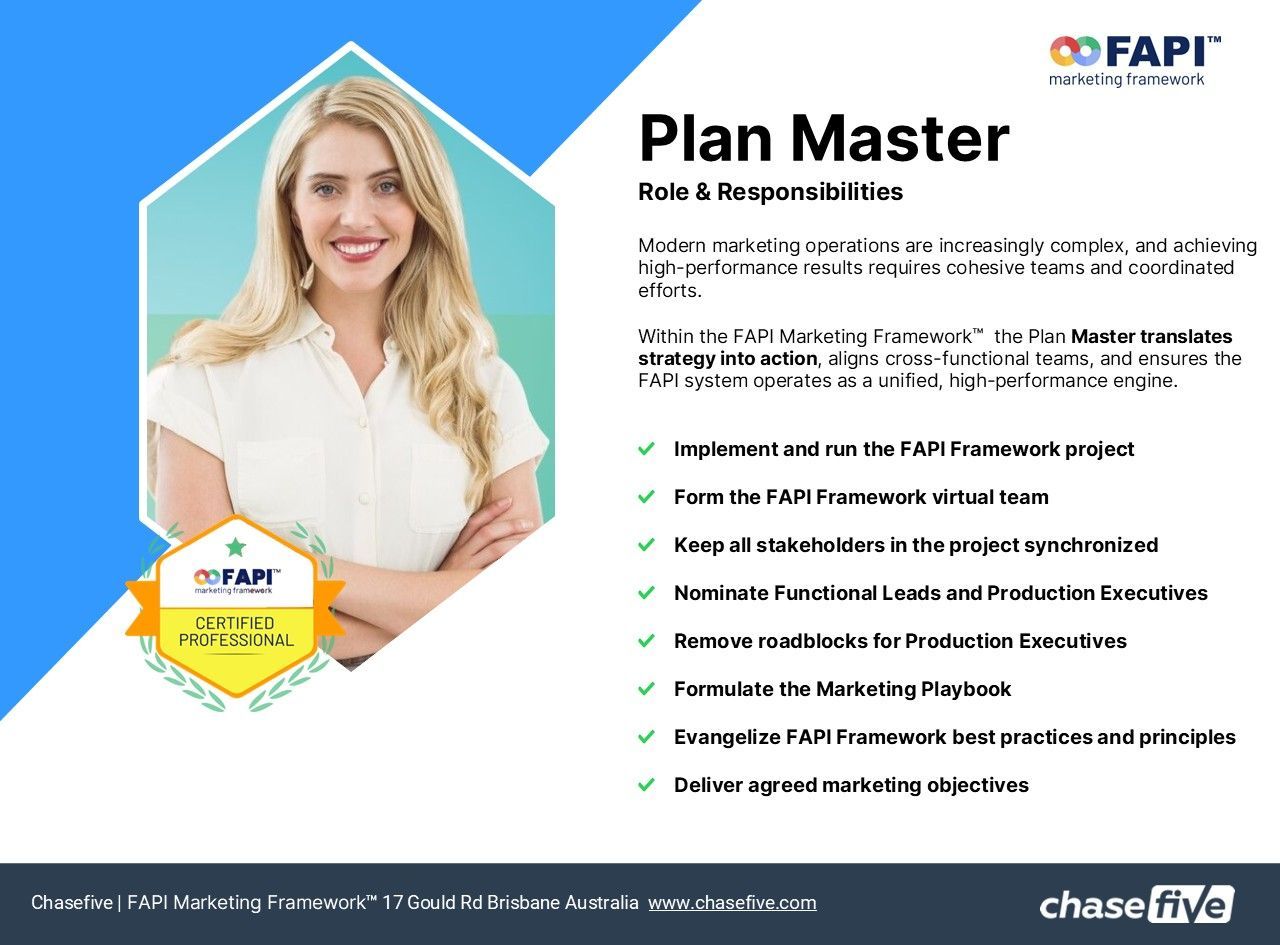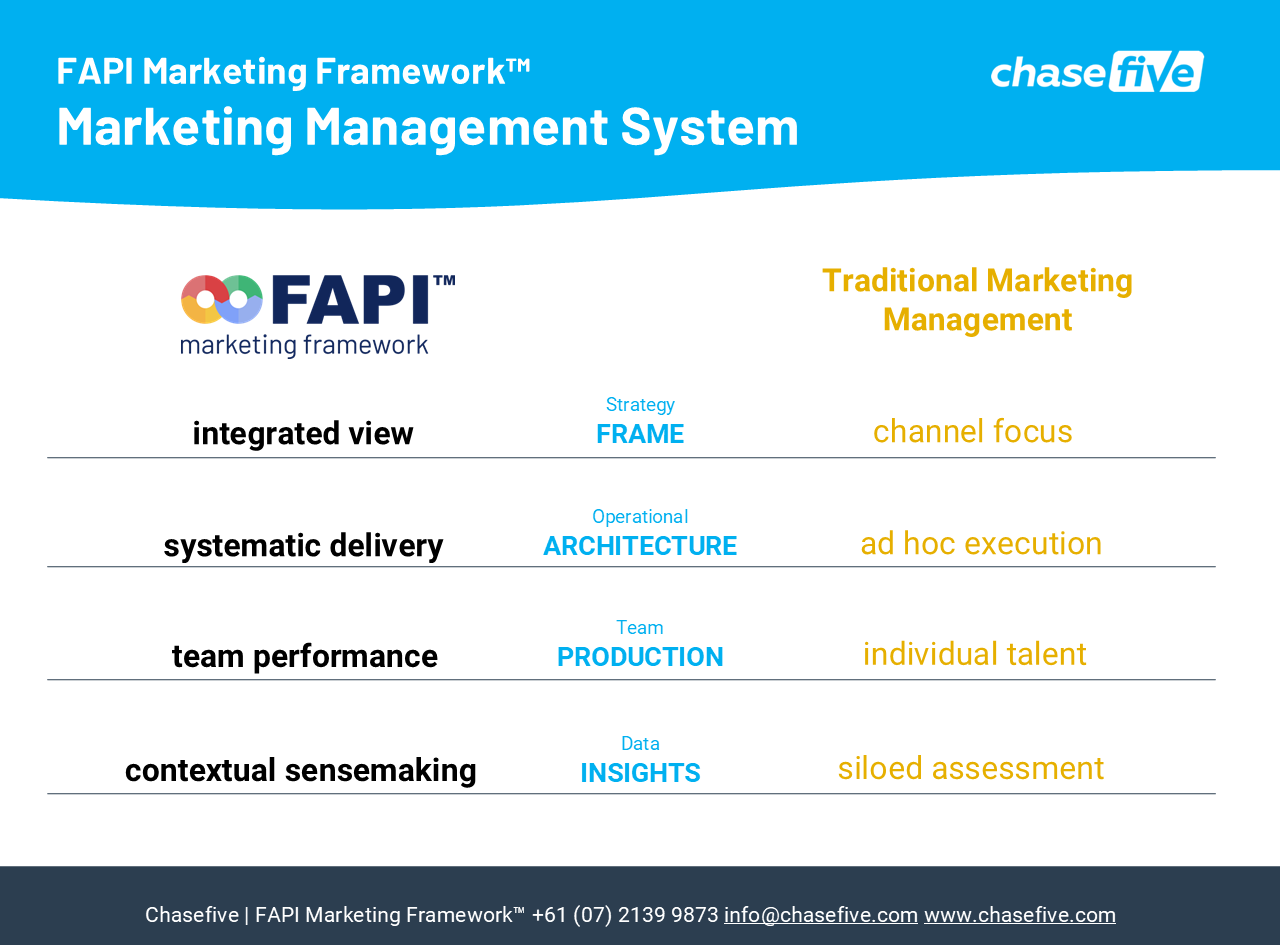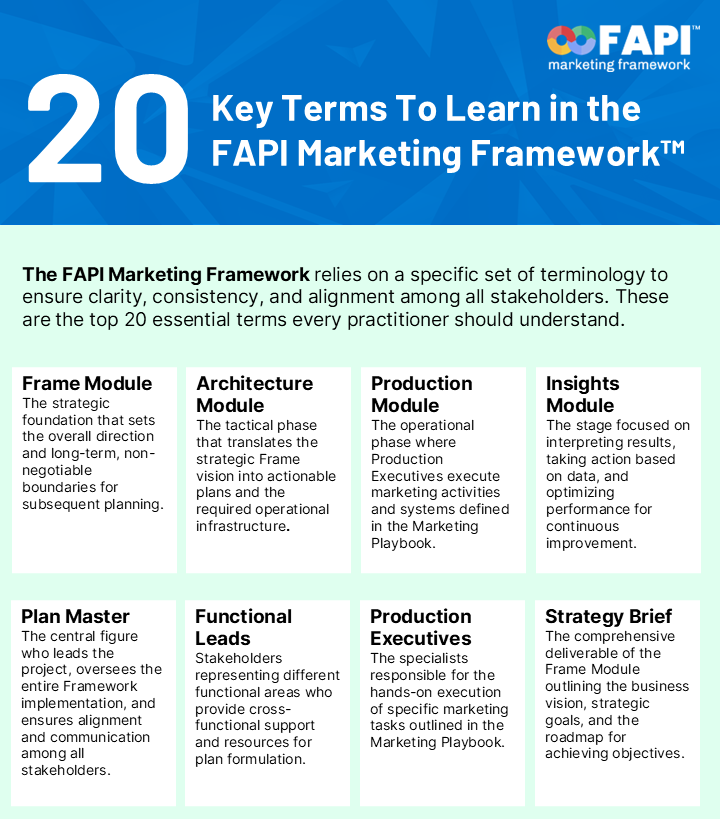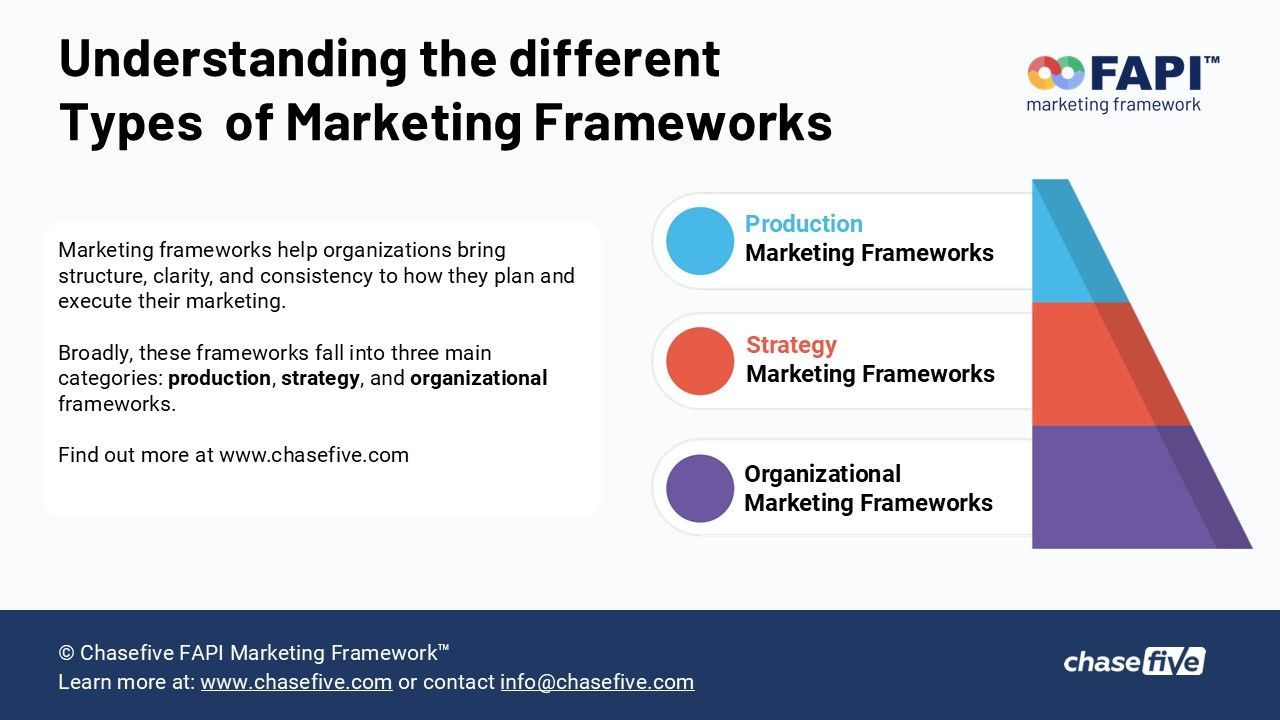Modern marketing from marginal functional area to center of excellence and strategic business enabler
Marketing transformation and its impact across businesses
Over the years, marketing has undergone a profound transformation, evolving from a relatively marginal and isolated discipline into a central hub within businesses of all sizes. This shift was driven by the rapid pace of digital technology change, redefining the role of marketing in companies of all sizes.
The evolution of marketing, transitioning from a tactical channel to a strategic business enabler, can be characterized by two distinct stages. First, there was the convergence of digital marketing with all other marketing channels (or, more accurately, the absorption of all other marketing channels by digital marketing). Second, a prevailing trend across businesses in all sectors emerged, leading to a shift towards digital-first delivery models. As a result, the digital marketing team expanded its scope of work into areas traditionally allocated to other departments, extending its influence and responsibilities.
A chronology of relentless change
The transition extended over two decades, marked by accelerations and setbacks, and it was far from a linear progression. In fact, the digital transformation process in marketing could be likened to the famous 'chaos monkey' concept in IT engineering. It threw various curveballs at marketers and businesses, leading them to experiment with different tactics and media at various times. As a service provider, even the mighty Google ventured into the deeper corners of digital marketing channels, operating an affiliate network from 2007 only to exit this business in 2013.
Drafting a timeline of key milestones in marketing evolution reveals at least three pivotal moments in the past two decades. The first significant juncture occurred after the dot-com bubble burst in 2000. By this point, at the beginning of the new millennium, digital marketing had established itself as an integral component of most marketing departments. It had evolved into a distinct discipline mainly focusing on the more technical side of marketing execution, encompassing areas such as search engine optimization, media buying, and the management of e-commerce performance. Digital marketing teams pioneered using new digital technologies to test and execute innovative marketing approaches. As digital platforms became increasingly important, the role of digital marketing grew within marketing departments, reflecting the constantly evolving marketing landscape in the digital era.
Around 2006-2008, the transition took a significant turn with the opening of Web 2.0, which brought four ground-breaking innovations that profoundly impacted business and marketing. These innovations were the widespread adoption of smartphones, cloud computing, dynamic websites, and social media networks. They completely revolutionized the way companies interacted with their customers.
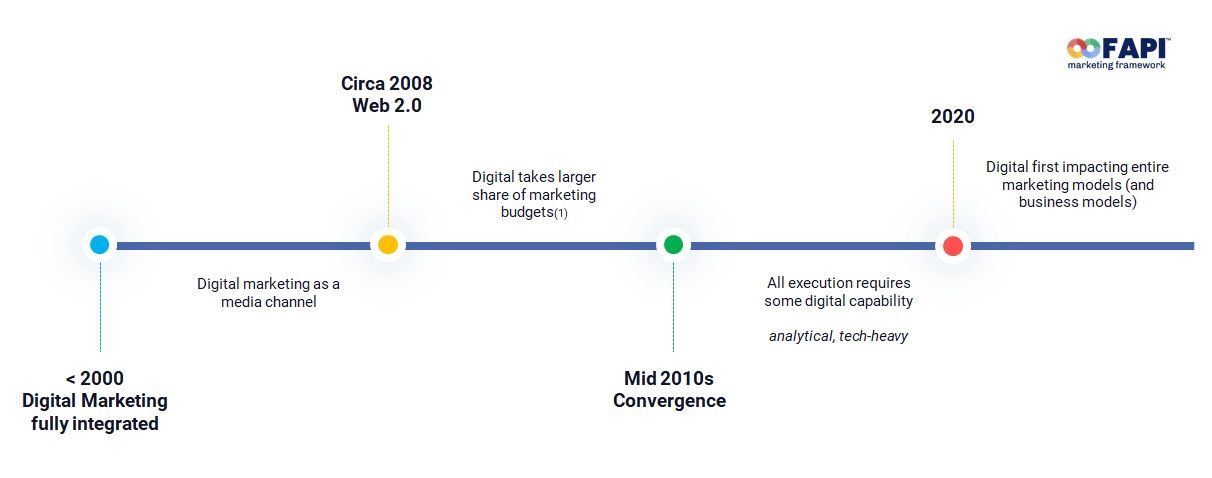
Therefore, by the mid to late 2010s, marketing execution in all its forms had become entirely impacted by digital implementation, giving rise to what we can term the "era of convergence." It became obsolete to differentiate between online and offline marketing because all marketing execution required some level of input from digital marketing, such as scanning QR codes at trade shows or in direct mail, among other examples.
Then came 2020, and the global pandemic forced businesses and marketing departments to rely even more on digital execution. This shift was not just limited to marketing, as many business and service delivery models also became 'digital first' out of necessity, consolidating marketing as the customer-facing digital knowledge center to take more control over areas that were maybe more traditionally aligned with other areas of the business such as service delivery, sales development and even product development.

To illustrate the significance of these changes, consider a typical local small business like a yoga studio. Until the late 2010s, it operated as a local retail business. It provided a retail experience from a physical location with new-customer-acquisition centered on local referral activity (word-of-mouth), local advertising, and personal networking. Although it used some online media like social networks and often had a static (not e-commerce) website, the marketing approach was straightforward. However, by the end of 2020, this yoga studio had transitioned into a nationwide (and sometimes even international) database marketing company. Its marketing strategy shifted from local advertising to digital-first, UX and conversion optimization became essential to ensure customer acquisition, media buying, multi-media content creation, and CRM marketing were non-negotiable activities.
This transformation reflects a broader trend across all sectors, where digital marketing became the driving force, reshaping business models and pushing for resource reallocation. As a result, most businesses embraced a 'digital-first' approach by the end of 2020, with digital marketing functioning as both an enabler of marketing strategies and a catalyst for digital transformation in other business functions.
How modern marketing serves as a center of excellence and business enabler
By this stage, it is easy to see how marketing has evolved into a multifaceted discipline with expanded responsibilities. Take the example of functions like monitoring product user sentiment on social media, which might have been viewed as part of a customer service or product satisfaction process. However, these areas have become integral to marketing in the current landscape. Marketing departments are now equipped with the tools, budgets, and expertise to effectively influence and manage such aspects. This shift is emblematic of marketing's growing influence within businesses and underscores marketing's central position in navigating the dynamic and digitally driven terrain of the modern business world.
Don't hesitate to get in touch to discuss modern marketing organizational planning and strategy
